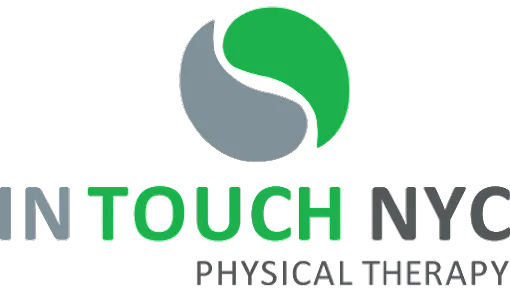What does a physical therapist diagnose?
A functional diagnosis, as its name implies, is a diagnosis of the function, or movement-related, problems that underlie a patient’s symptoms.
A physical therapist’s functional diagnosis differs from a medical diagnosis in two important ways. First, it is delivered by a physical therapist, not a physician. Second, it is rooted in movement and not in disease.
Often, the physical therapist’s diagnosis describes the effects of the medical diagnosis delivered by the physician. For example, a physical therapist may deal with the range of movement limitations that occur as the result of a torn ligament, or address the gait and balance training necessary to help a patient manage their Parkinson’s disease.
In each case, the PT concerns themselves with the function of the body and the ways in which that function is impaired.
What does a doctor diagnose?
A medical doctor, or physician, on the other hand, provides a medical diagnosis that addresses the condition that is causing the patient’s symptoms. The deal primarily in diseases, injuries, and chronic conditions that can inhibit a patient’s health and wellbeing.
Using the examples above, a doctor would provide the diagnosis of a torn ligament, or of Parkinson’s disease. These diagnoses describe the underlying cause of the patient’s symptoms, and can only be made by a qualified physician. PTs must only deliver functional diagnoses, and physicians must only provide medical diagnoses.

What can a PT do that a doctor can’t?
A physical therapist’s ability to deliver a functional diagnosis is invaluable in giving patients the tools they need to regain their function and mobility, and to prevent disease – And there are certain things that only a PT can do as a result.
Prevent injury.
Physicians can provide preventative care and advice in a myriad of ways, but one of the things they rarely do is to actively assist patients in avoiding injury. While they can diagnose an injury once it occurs, a physical therapist can help a patient prevent injury in the first place.
A PT has the ability to stop injuries before they happen because this professional can identify movement, strength, postural, and mobility issues before they cause injury. For example, a physical therapist can evaluate an elderly person and provide exercises and advice to help them improve their mobility and prevent falls.
Similarly, a PT can help an athlete undertake a course of strengthening exercises that can prevent injury on the field, or advise a young professional on proper postural habits to prevent pinched nerves, carpal tunnel syndrome, or muscle strain while work in front of a computer all day.
Customize treatment plans.
Once a patient arrives at a physical therapist’s office, either for preventative treatment or for assistance with a pain, mobility, strength or range of motion issue, the physical therapist can tailor a treatment plan to their needs.
For example, the treatment needs of an injured athlete will differ from those of an elderly person, while the exercises required to treat a pinched nerve will differ from those required to rebuild strength in an injured limb.
Restore movement and strength.
A physician is capable of prescribing medications and treatments to assist with the cure or management of illness and injury. A physical therapist, however, can help a patient regain the function, the movement, range of motion, and mobility, they need to enjoy their everyday life.
Who should you see first? The doctor or the physical therapist?
The professional you see first will depend in large part upon the problems you are experiencing. If you are experiencing functional problems, such as a loss of mobility or an injury, you may benefit from visiting a physical therapist first.
In New York State, legislation allows you to have direct access to a physical therapist. This means that you can visit a qualified PT for up to 10 visits over the course of 30 days before consulting with a physician.
Direct access makes it faster for you to receive care by eliminating the intermediate step of seeing a physician to get a referral to a physical therapist. In addition, direct access saves you money on a doctor’s visit, while putting you in the hands of a skilled PT professional who can deliver customized treatment plans to begin your journey toward health.
Here at In Touch NYC Physical Therapy, our compassionate, skilled therapists are always available to customize treatment plans to your needs. Our functional diagnoses will provide the information necessary to outline a path back toward health, and our state-of-the-art tools and techniques will equip you to heal. Contact us today to learn more about how to start the journey toward healing.



